ماسامي تيراوكا (مواليد 1936)
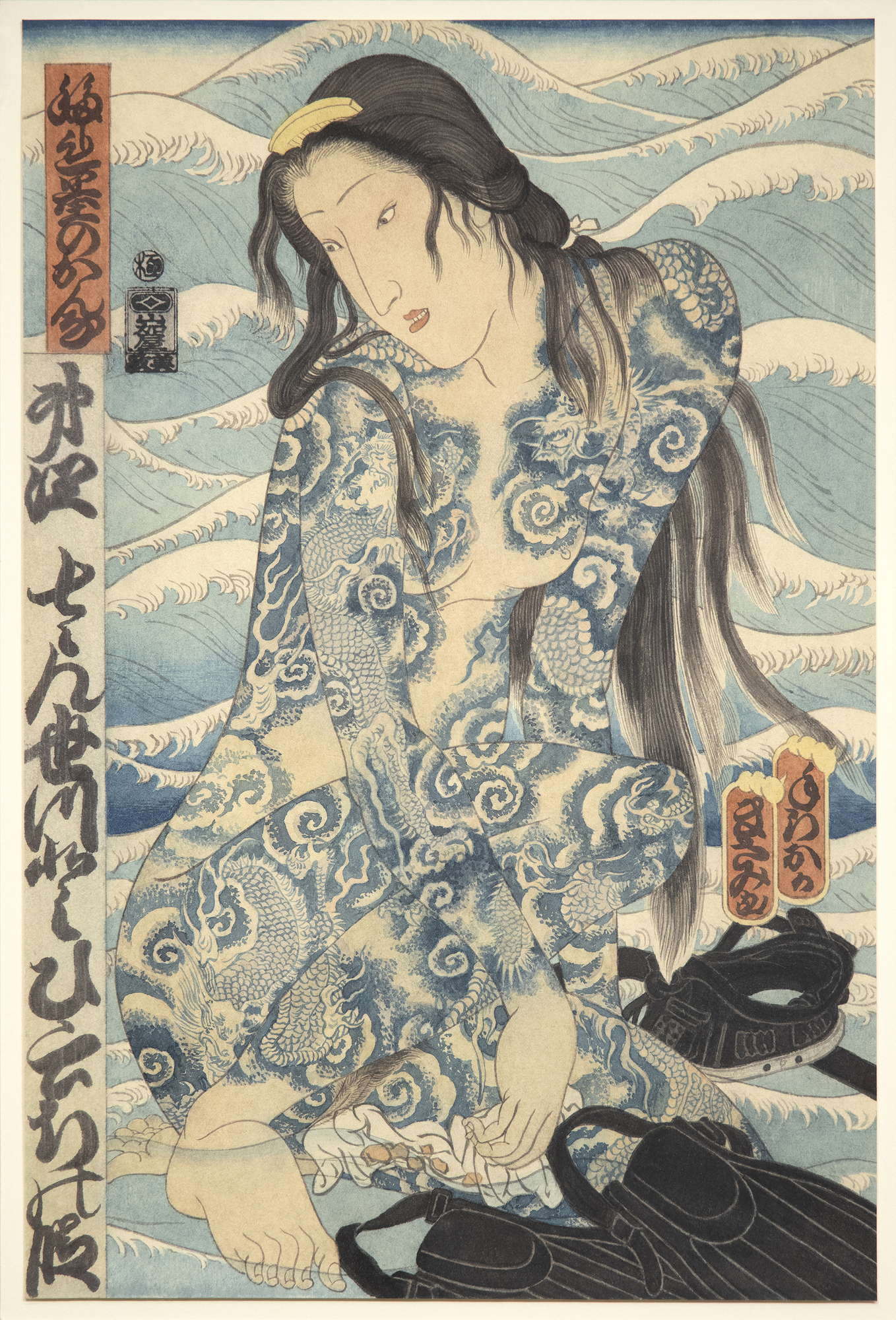
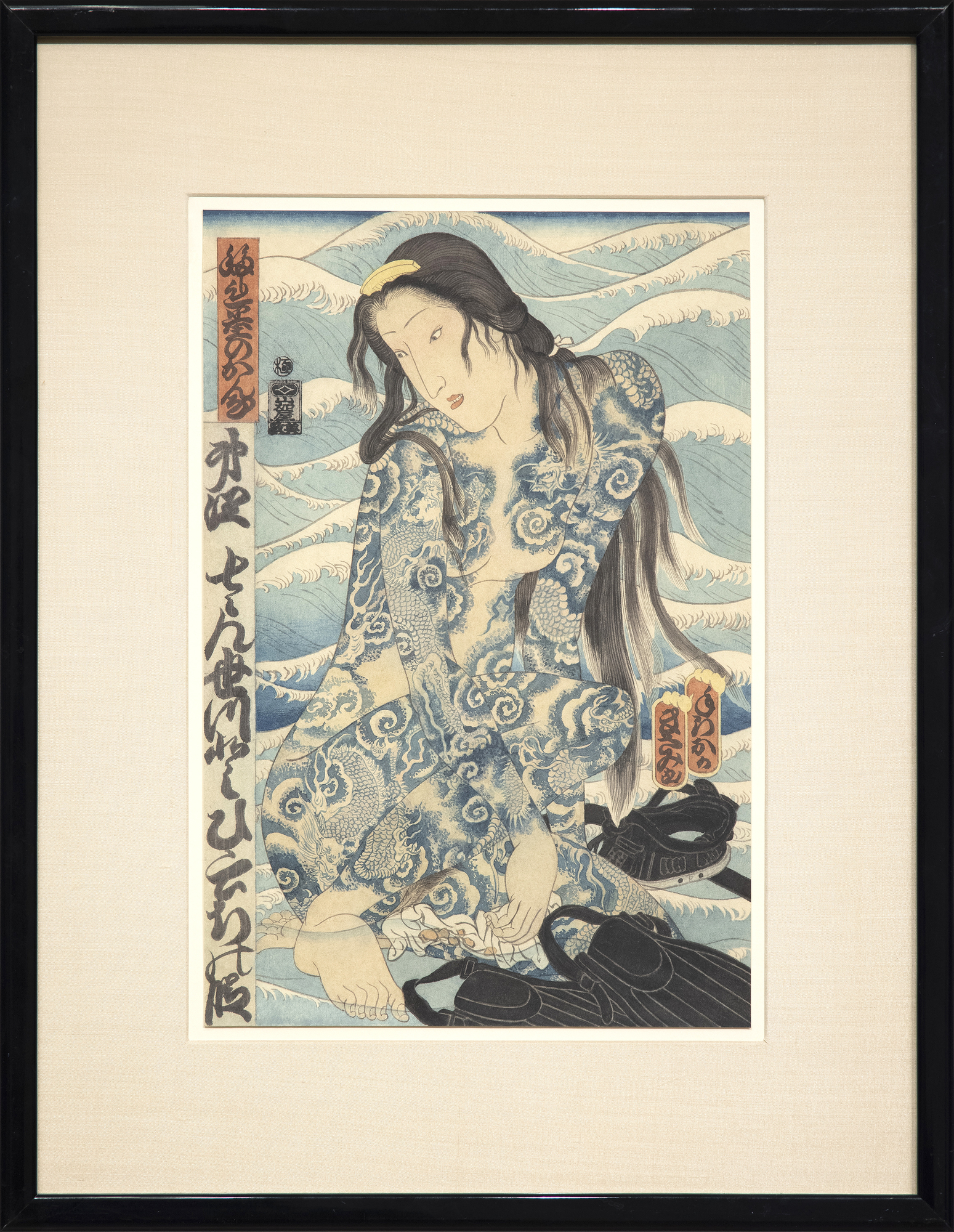
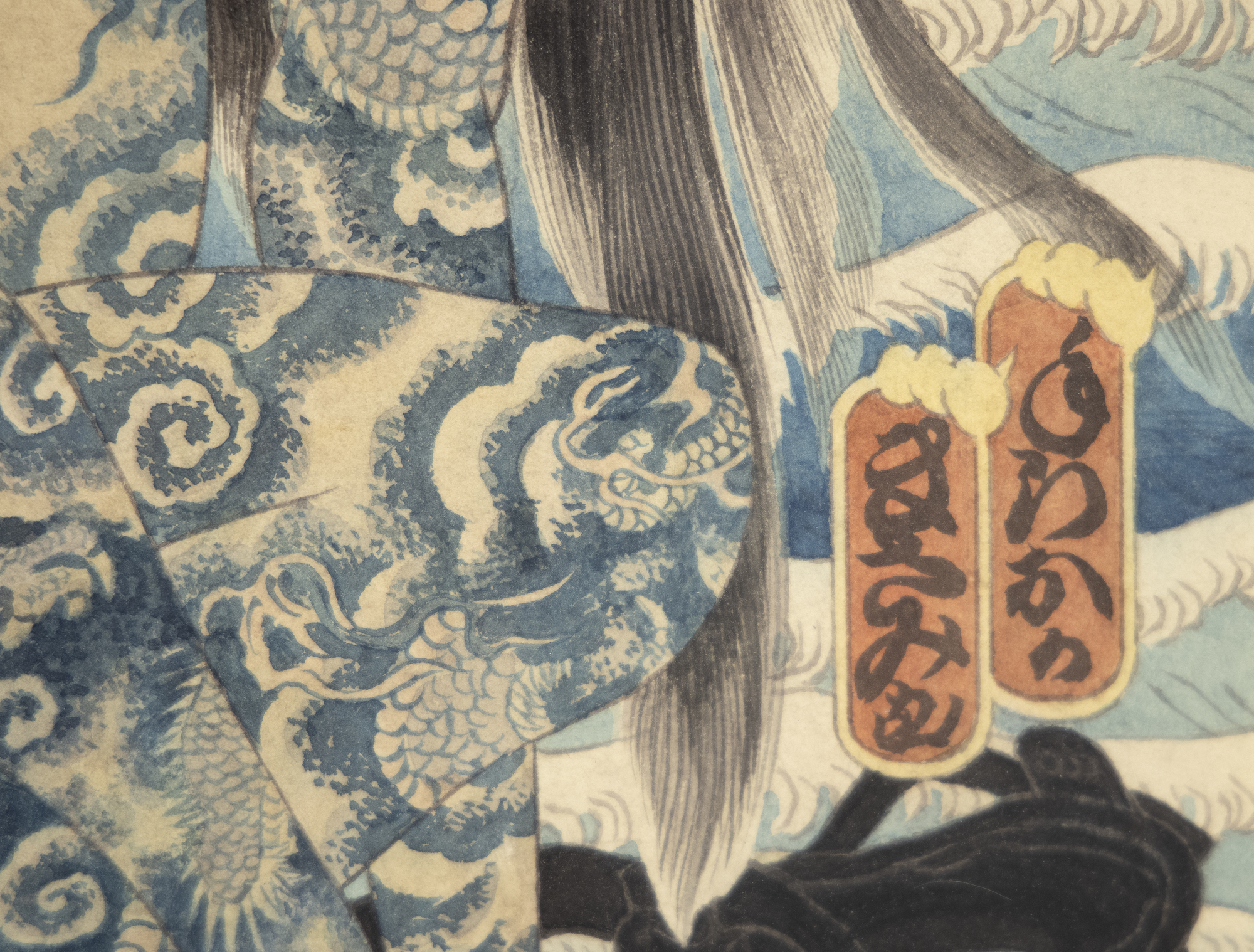
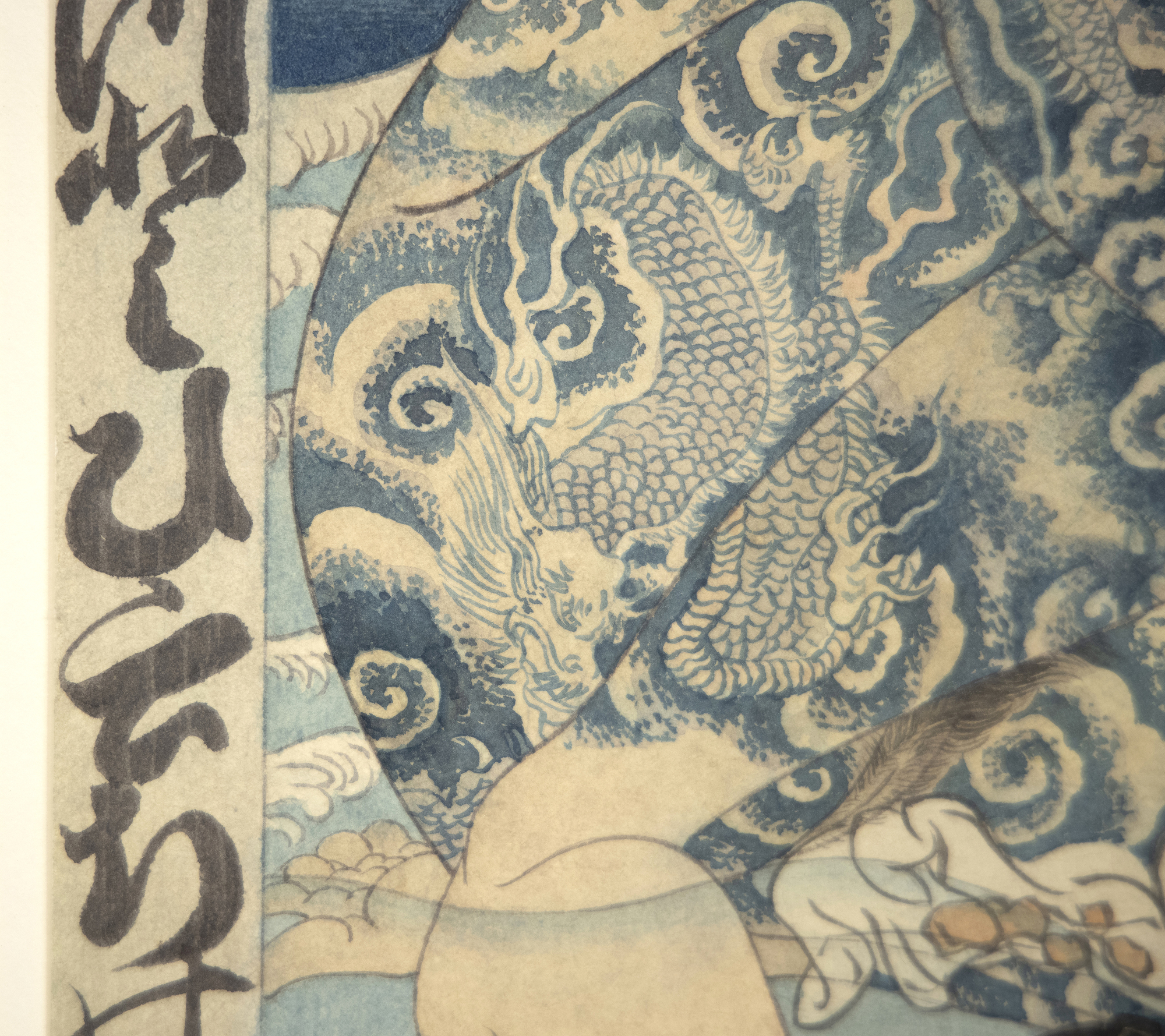
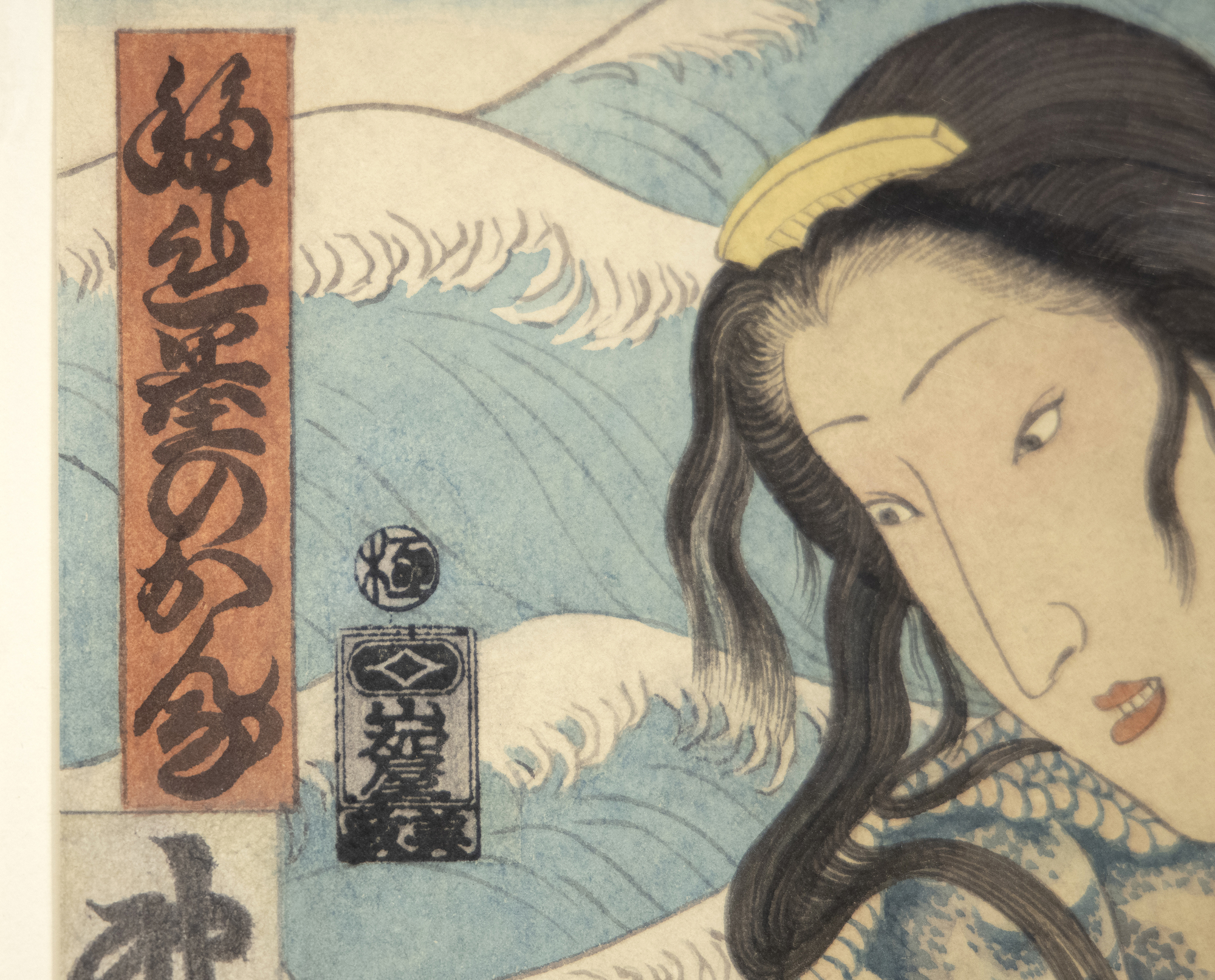
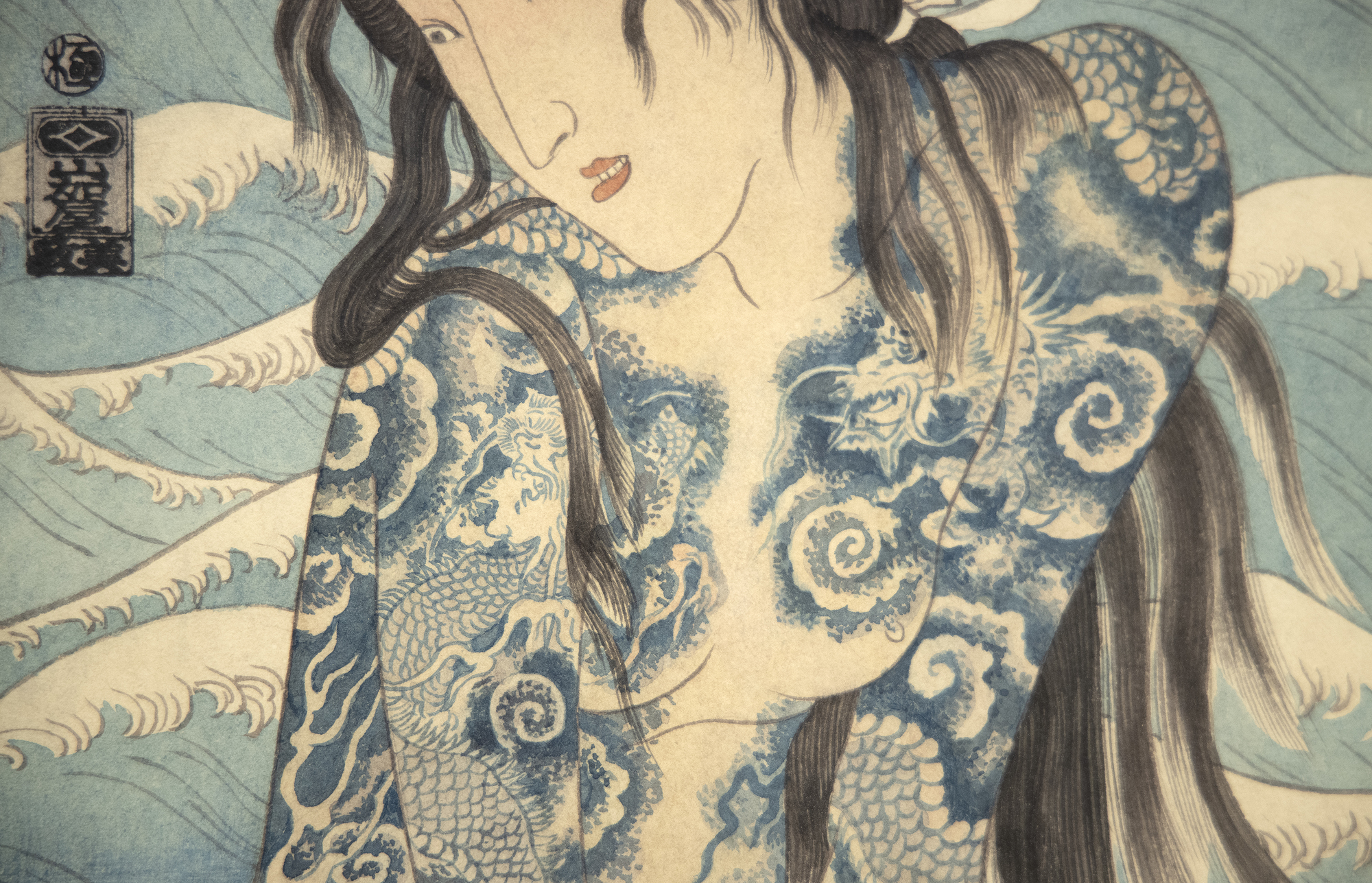
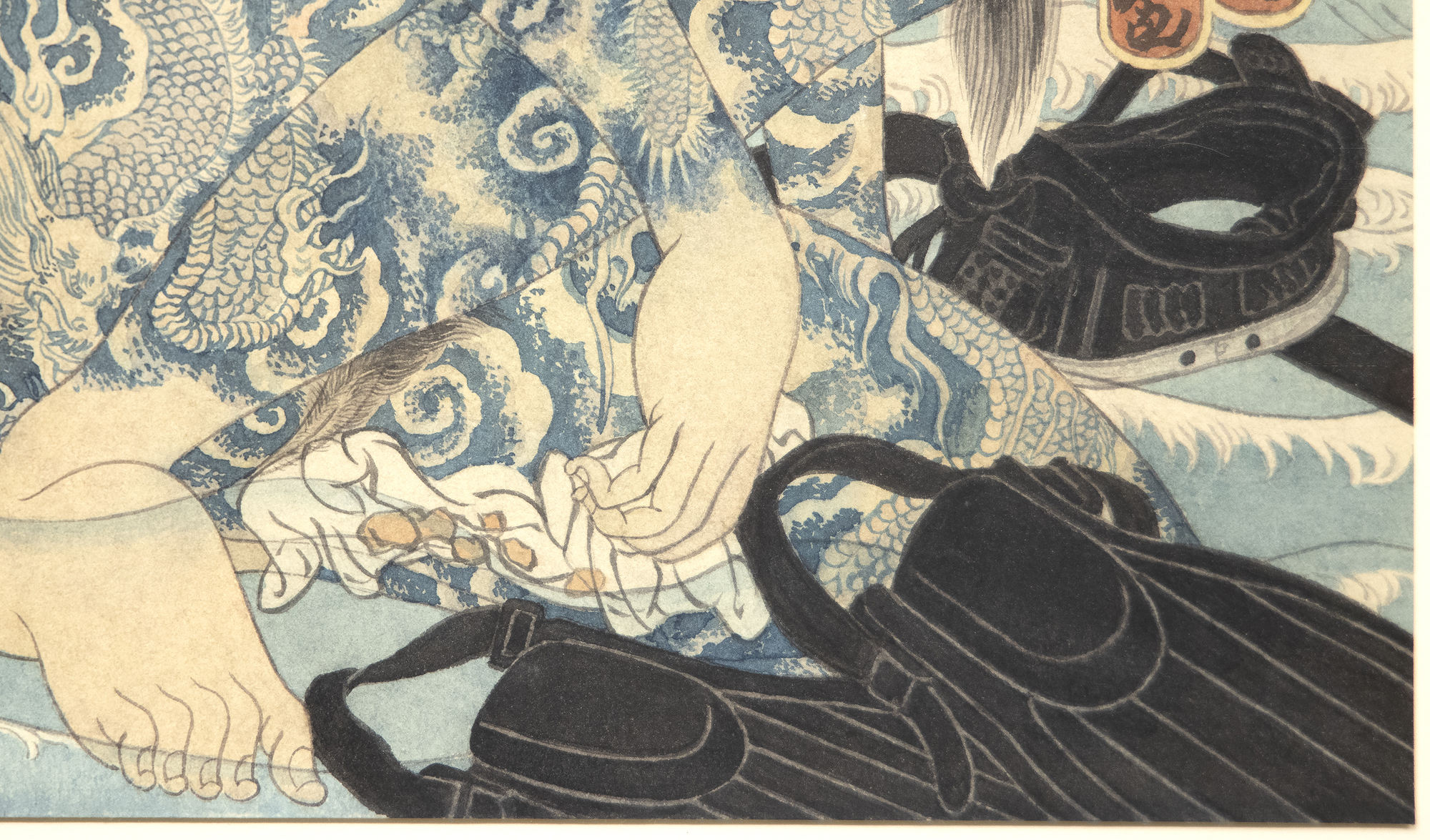
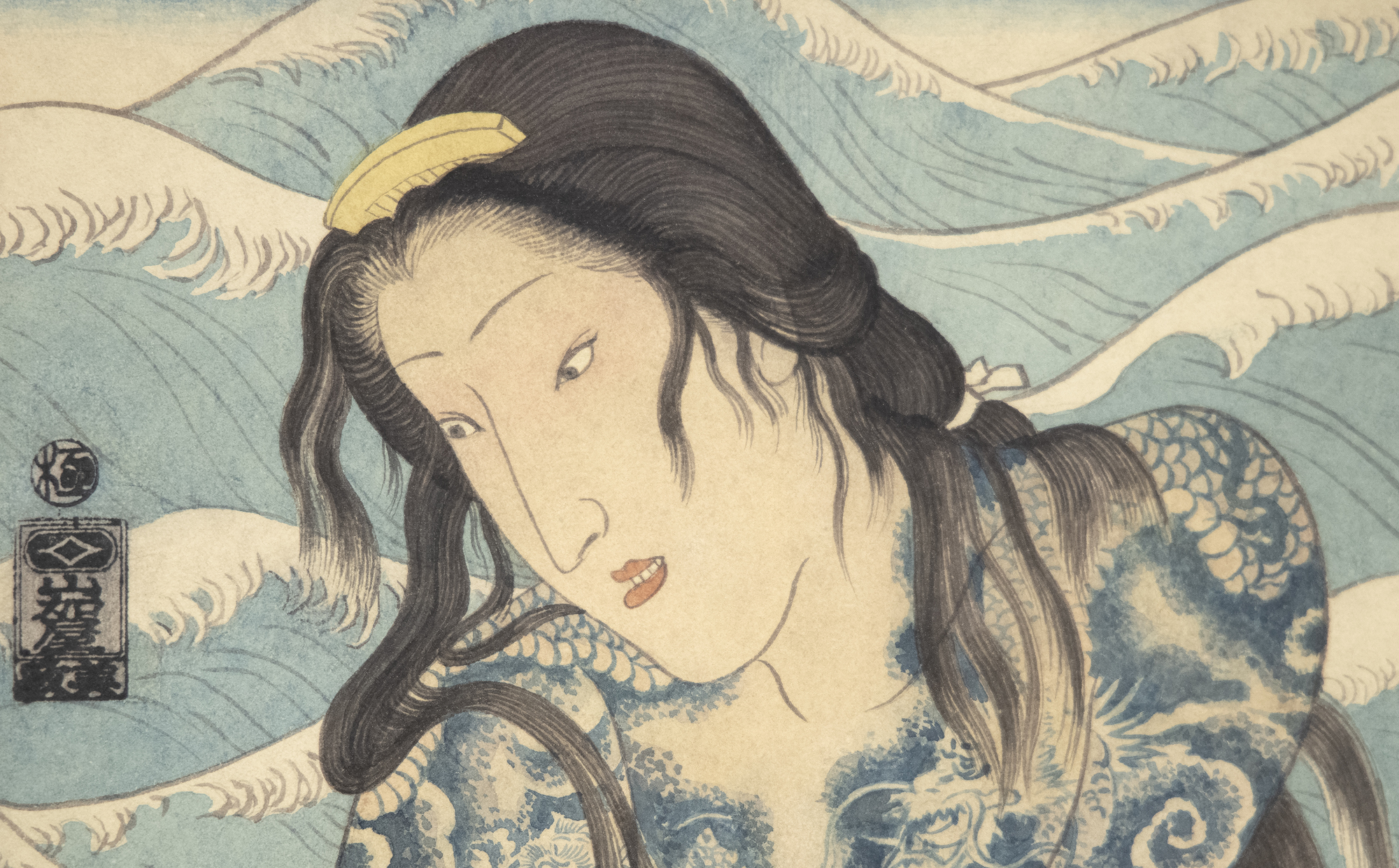
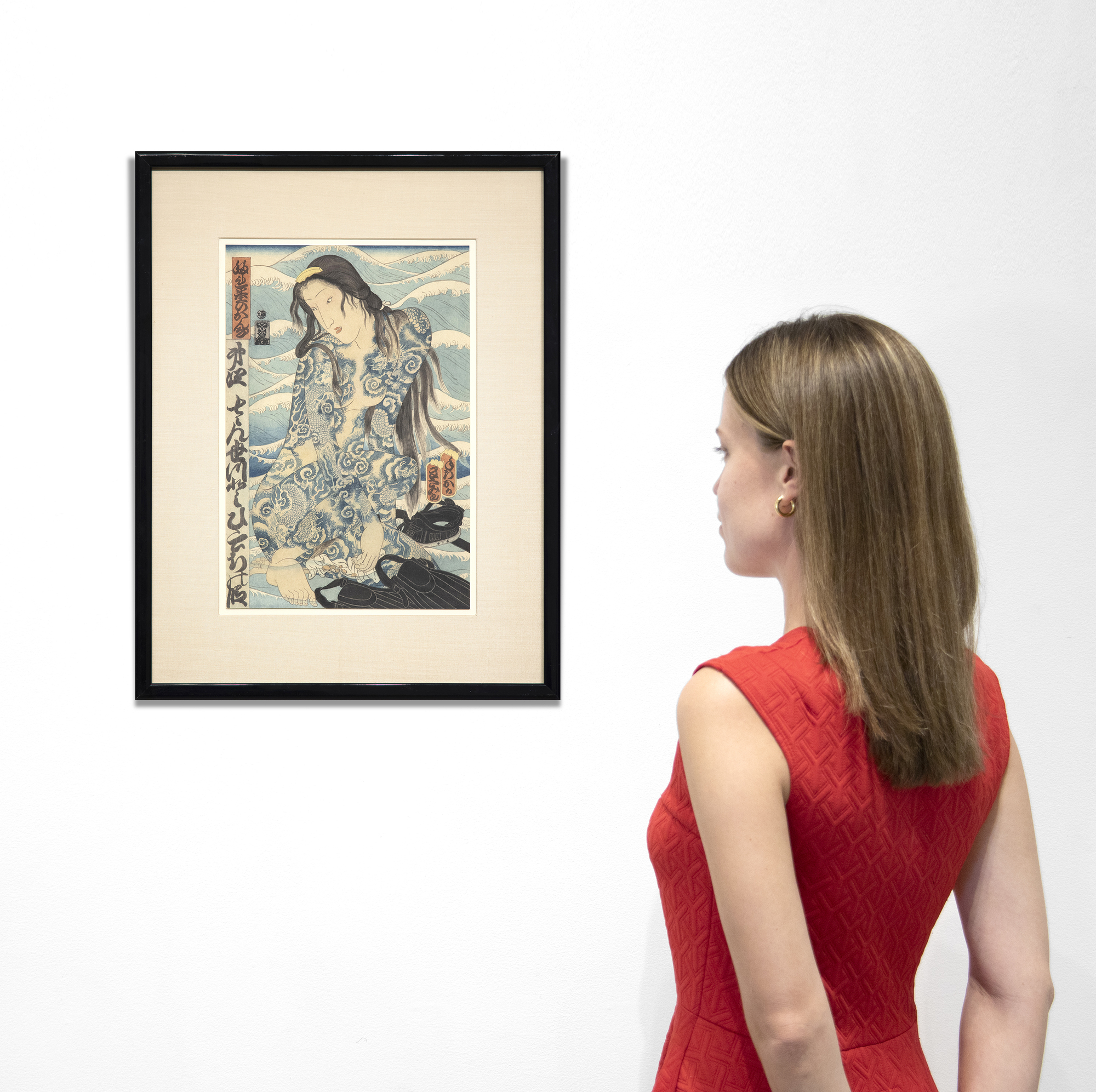
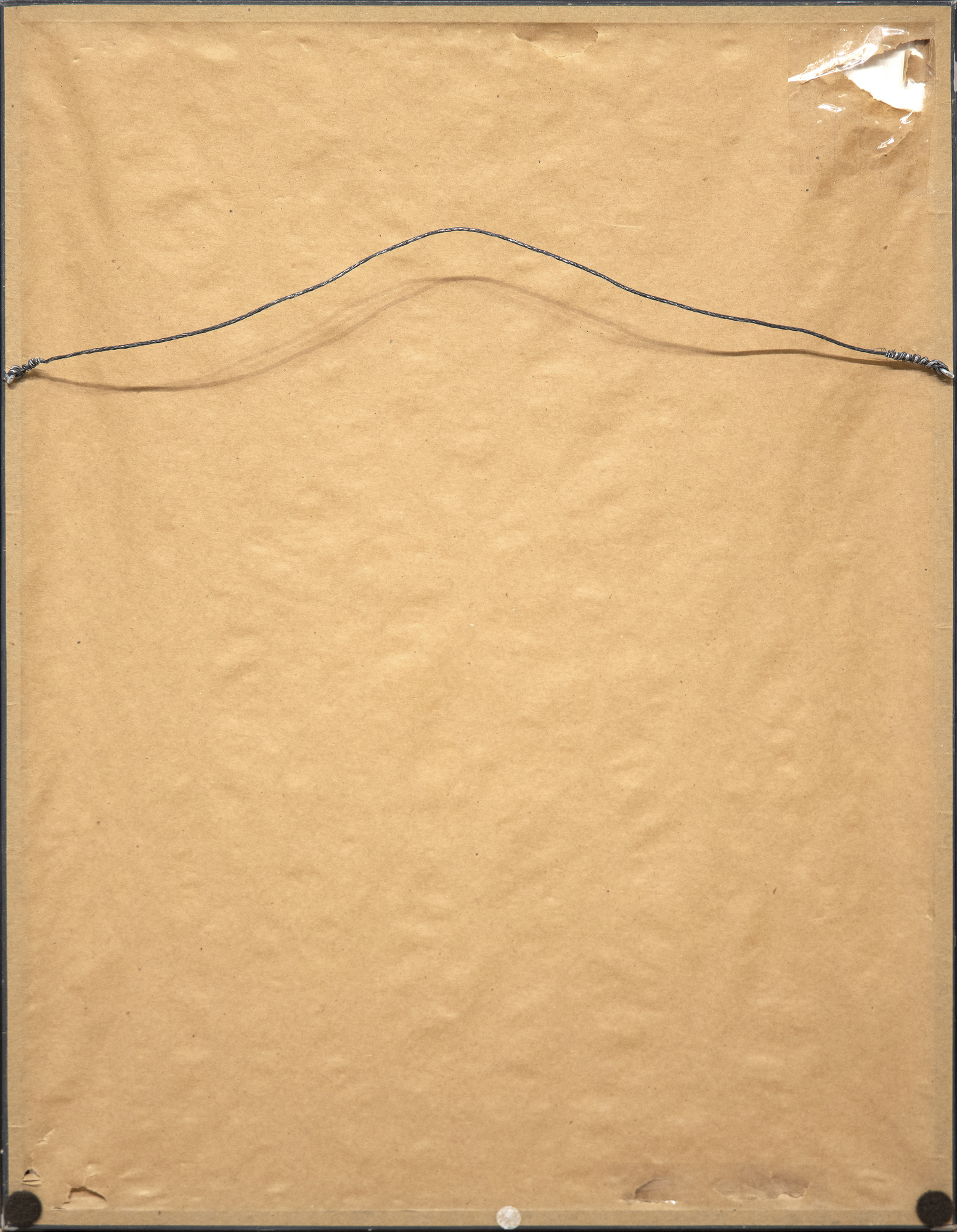
الاصل
مجموعه خاصهالادب
تيراوكا ، م. ، هوفمان ، ك. ، هارتني ، إي ، بينغ ، أ. ، وكلارك ، سي (2012) ، الفوضى الصاعدة: فن ماسامي تيراوكا 1966-2006 ، سان فرانسيسكو ، كاليفورنيا: كرونيكل بوكس ذ.م.م ، مصور70,000
تمزج قطع تيراوكا بين الفكاهة والتعليق الاجتماعي. وكثيرا ما تطرق إلى مواضيع متنوعة وملحة مثل أزمات الإيدز والنزعة الاستهلاكية وهجمات 11 سبتمبر وغيرها. يلاحظ تيراوكا عن عمله الخاص ، "أصبح دمج الواقع مع الخيال ، والفكاهة مع التعليق ، والتاريخ مع الحاضر تحديا لي".
يمكن العثور على أعمال تيراوكا في تيت مودرن ومتحف متروبوليتان للفنون ومتحف سان فرانسيسكو للفن الحديث وسميثسونيان ومتحف مقاطعة لوس أنجلوس للفنون ومركز ووكر للفنون والمزيد.


